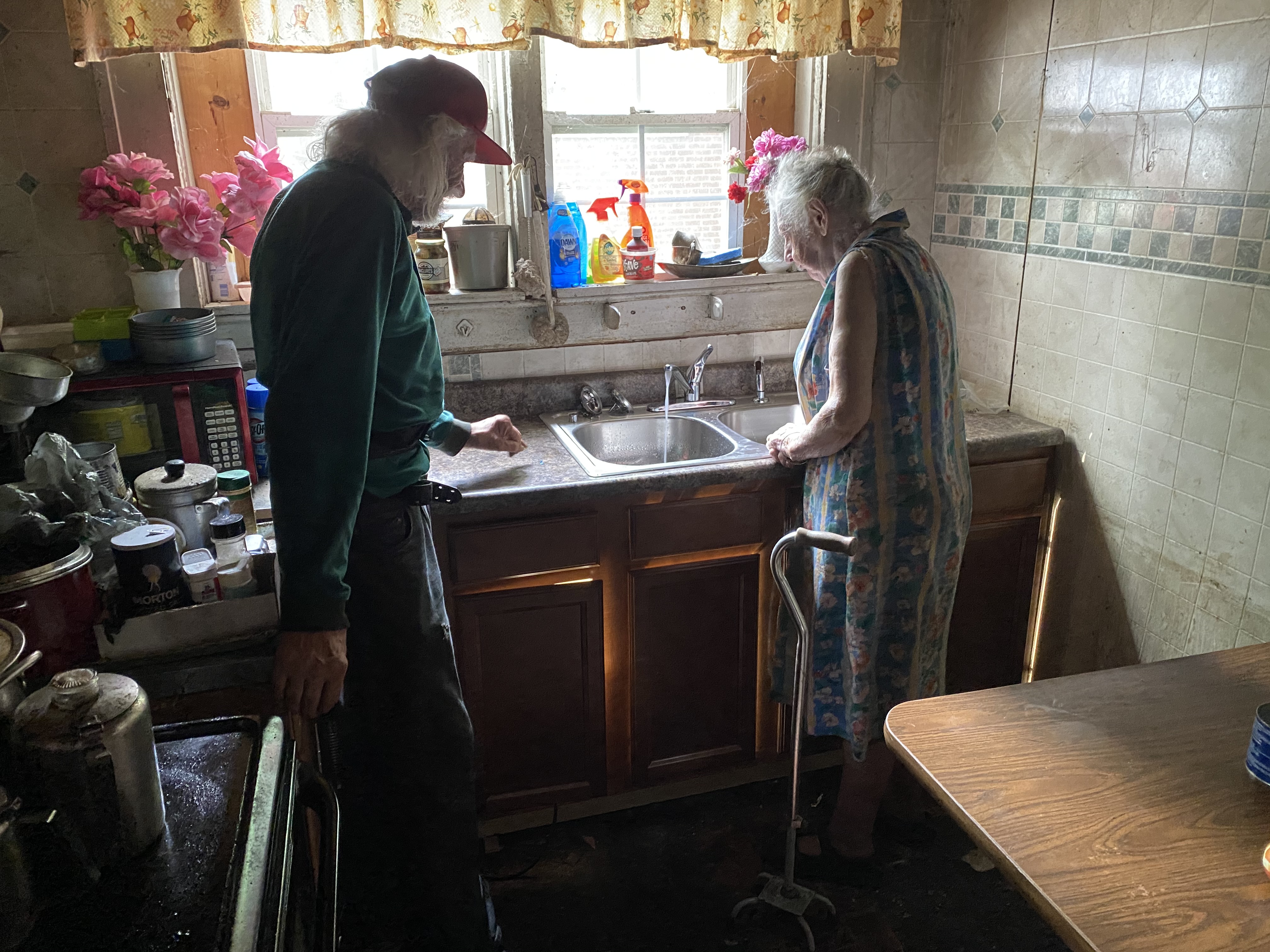Why Affordable Housing?
There is an affordable housing crisis.
There is an affordable housing crisis.
Housing is considered affordable when it costs less than 30% of residents' monthly income. This includes rent or mortgage payments, insurance, utilities, property taxes, and home repairs & maintenance.
There is a severe shortage of affordable homes in the United States. People in low-income households have to compete with higher-income households for the limited number of affordable homes available for purchase and rent.
The pandemic has exacerbated the affordable housing crisis. Approximately 10.7 million people are behind on their rent and 10 million people have overdue mortgage payments.
Additionally, people who are cost burdened by housing are more likely to be food insecure and are at greater risk of becoming unhoused. Housing matters.
Who is cost burdened by housing?

The shortage of affordable housing impacts both renters and homeowners.
It also creates financial challenges for older adults, families with young children, those who have experienced a climate disaster or personal crisis, people with disabilities, the working poor, and many others.
People in rural areas, cities, and suburbs are struggling to afford housing.
Black, Indigenous, and People of Color experience a greater housing cost burden than white people.
Simply put, tens of millions of people throughout the United States are counting on us to make housing more affordable.
Affordable housing improves communities.
When housing is affordable, people in low-income households can afford to pay for other necessities such as food, transportation, and health care—and they need less public assistance.
While the up-front costs of providing affordable housing appear high, it’s less expensive than funding shelters, prisons, and hospitals.
Also, taxpayers fund all these alternatives to affordable housing, while a combination of grants and donations, federal funds, and volunteers resource affordable housing efforts.
Affordable housing results in:
- Fewer evictions. This is critical because evictions have long-lasting effects that can impact multiple generations.
- Social benefit. For every dollar invested in affordable housing, $4 in social benefit is generated through improved educational outcomes, lower healthcare usage, and decreased use of shelters.
- Economic growth. Hundreds of thousands of jobs are created when investments are made in low-income housing.


